Palazzo Giorgi, edificato nel XIII, affaccia su una delle piazze più affascinanti di Italia: Piazza del Campo.
Questo gioiello del Medioevo italiano è l’anima di siena e la sua immagine è inconfondibile in tutto il mondo.
La posizione di Palazzo Giorgi lo rende un luogo di partenza ideale per scoprire anche gli altri meravigliosi monumenti ed opere d’arte della città.
Piazza del Campo è la piazza principale della città di Siena, famosissima in tutto il mondo per la sua straordinaria bellezza architettonica e la sua peculiare forma a “conchiglia”. Questa forma si adagia sul punto in cui si congiungono tre colline su cui sorge la città.
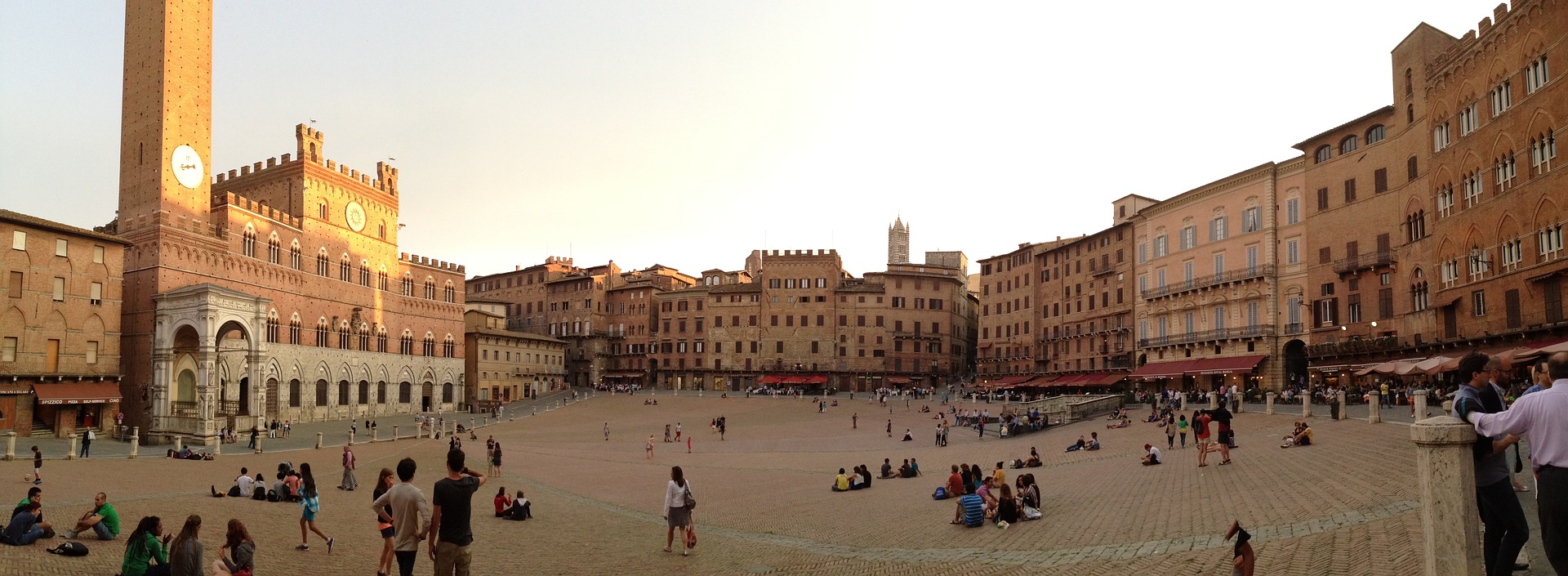
Piazza del Campo e Piazza del Mercato: le origini
Il Governo dei Nove: la conchiglia prende forma
Fonte Gaia
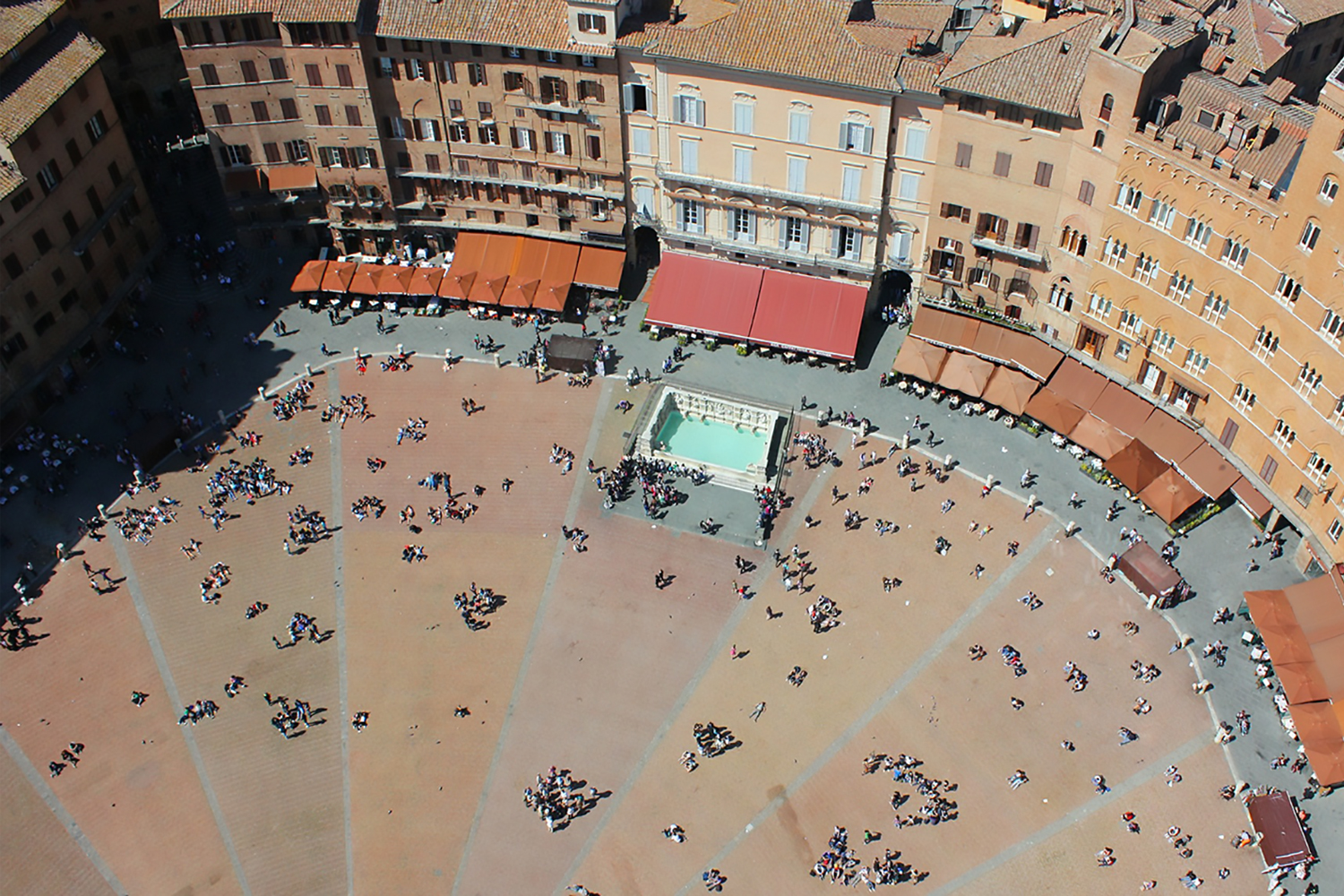
Il Palazzo Comunale
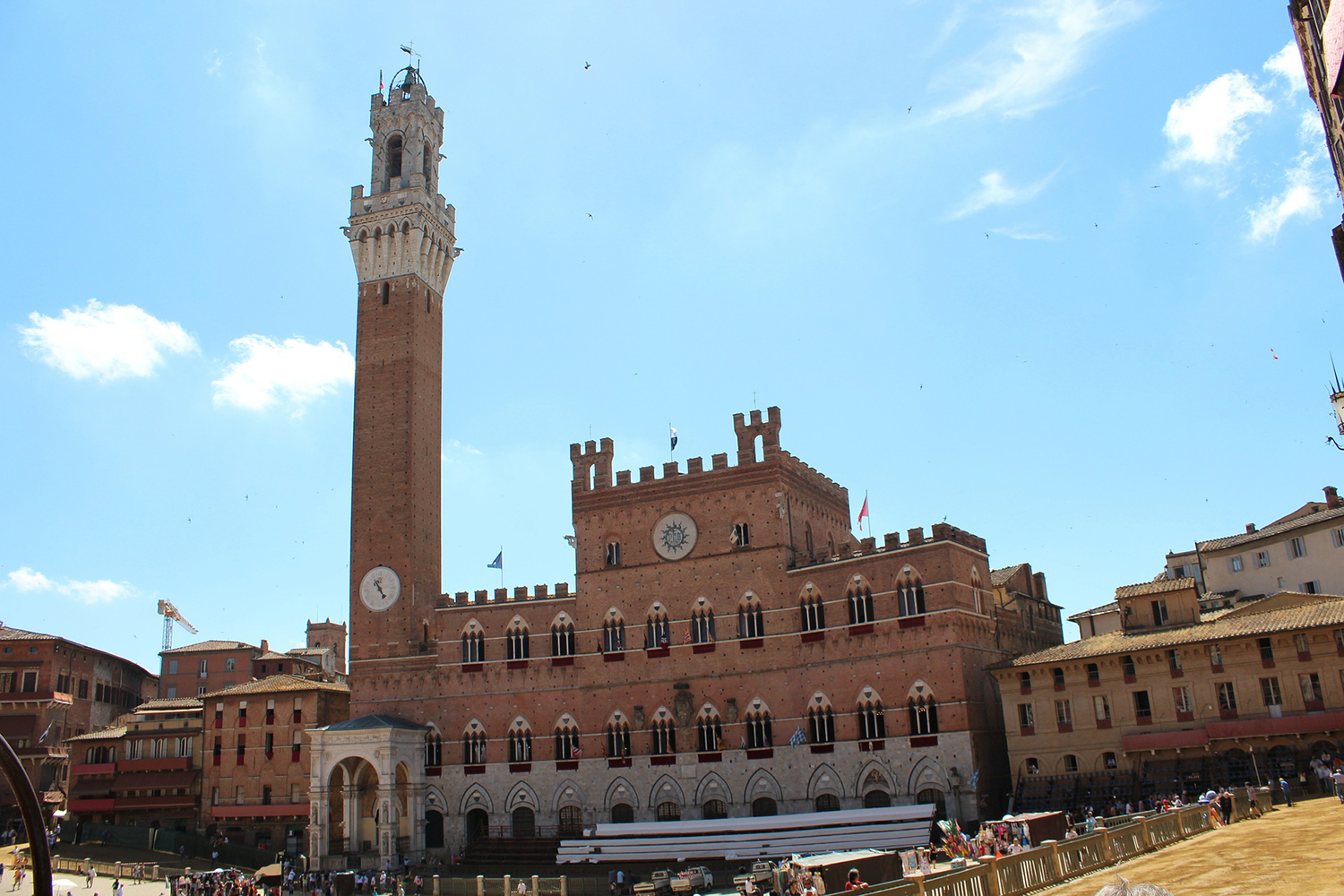
La Sala del Mappamondo e le sale del Palazzo Pubblico
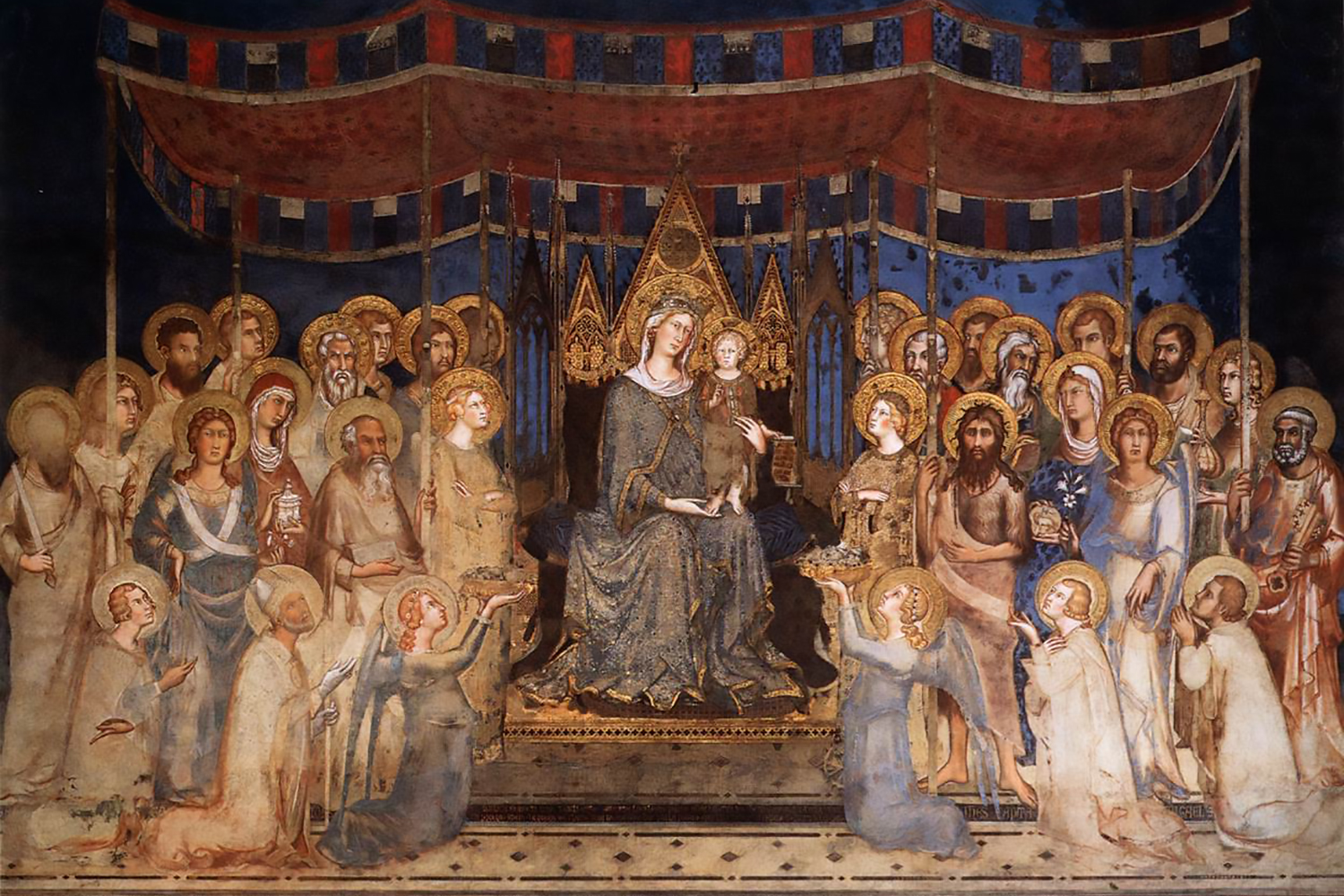
La Torre del Mangia
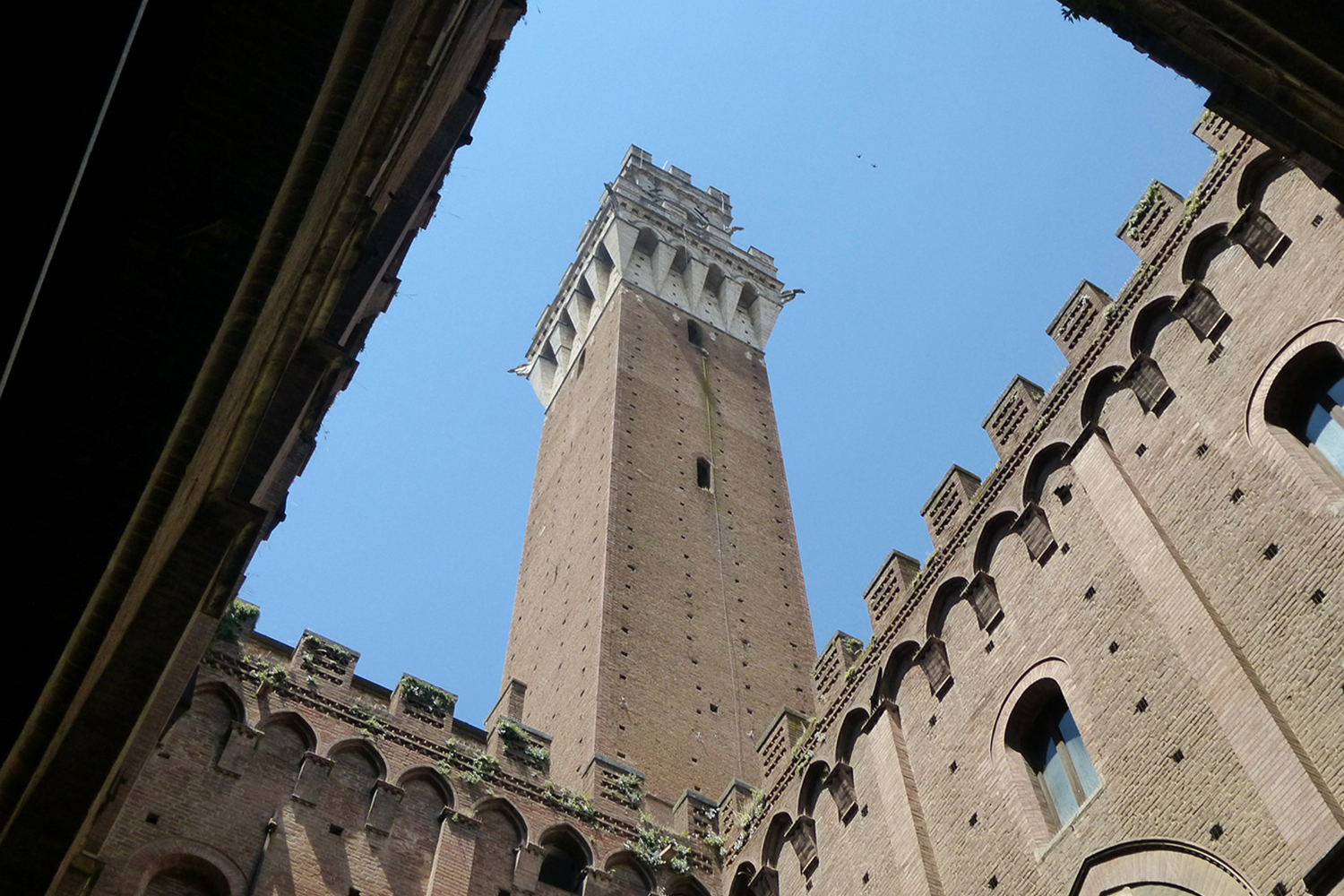
Il Palio di Siena
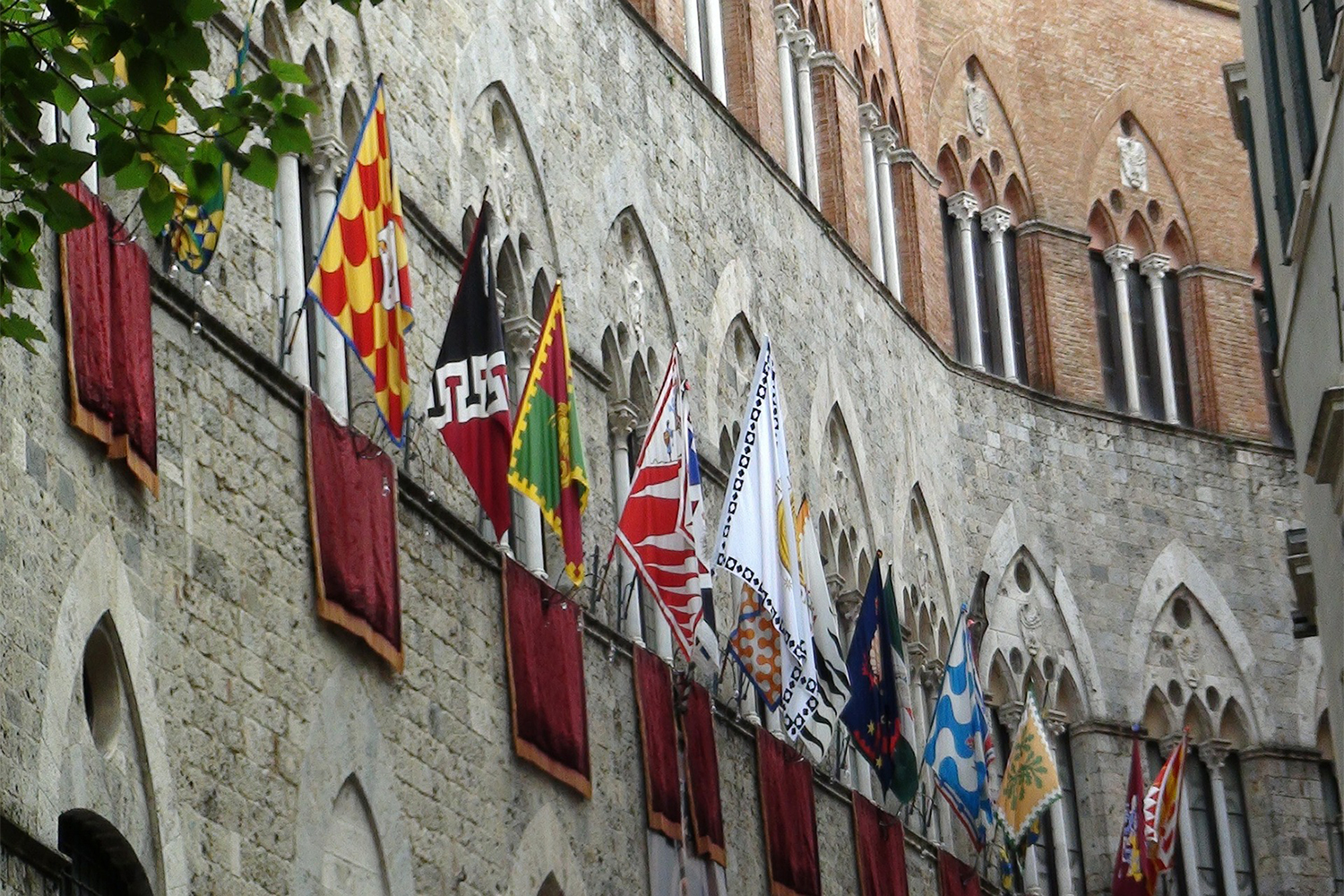
Dalle finestre di Palazzo Giorgi è possibile godere dell’emozionante vista della piazza e immergersi a pieno nello spirito del Palio.
Prenota la tua finestra e goditi lo spirito dell’affascinante e antica corsa.
